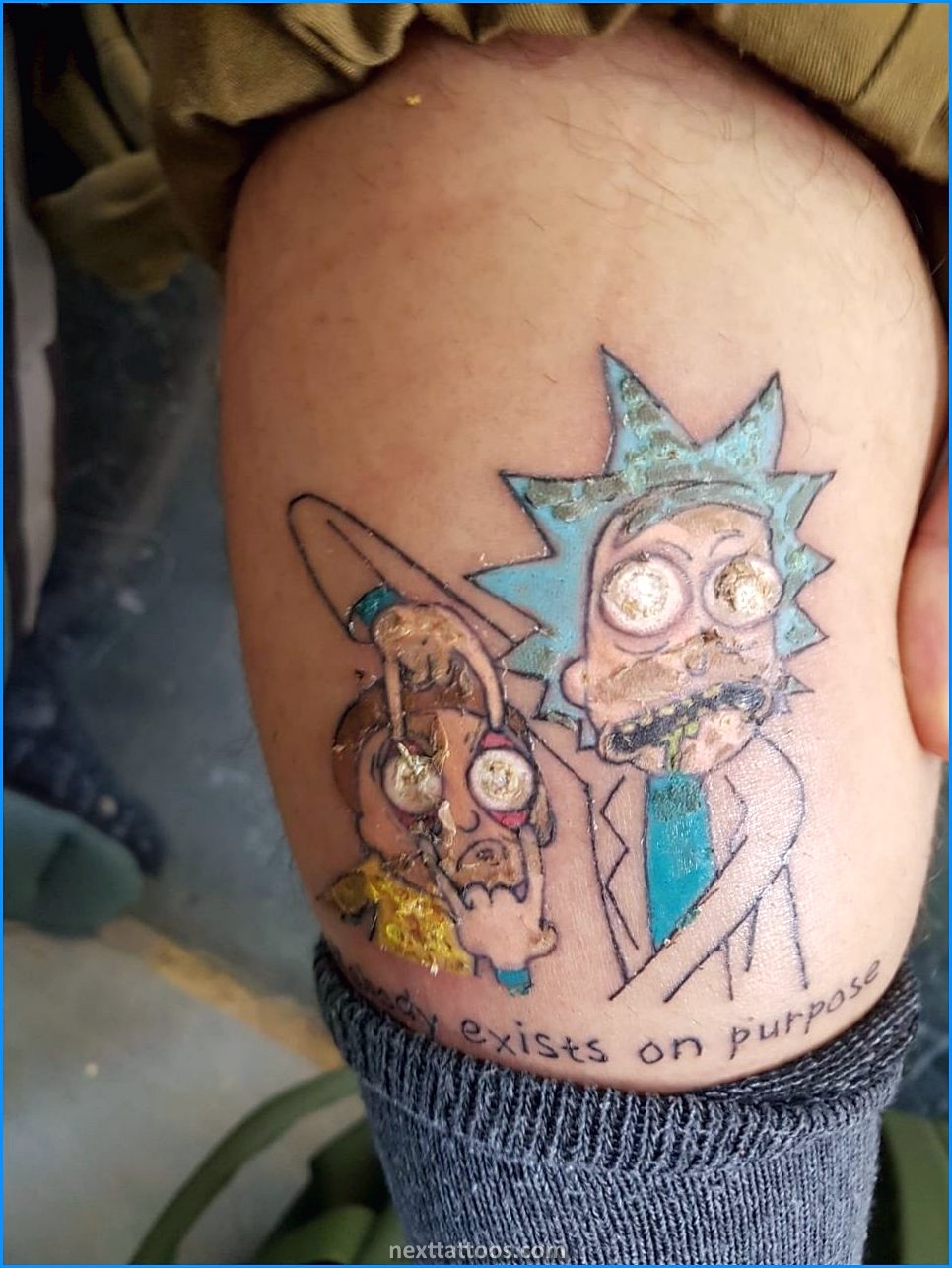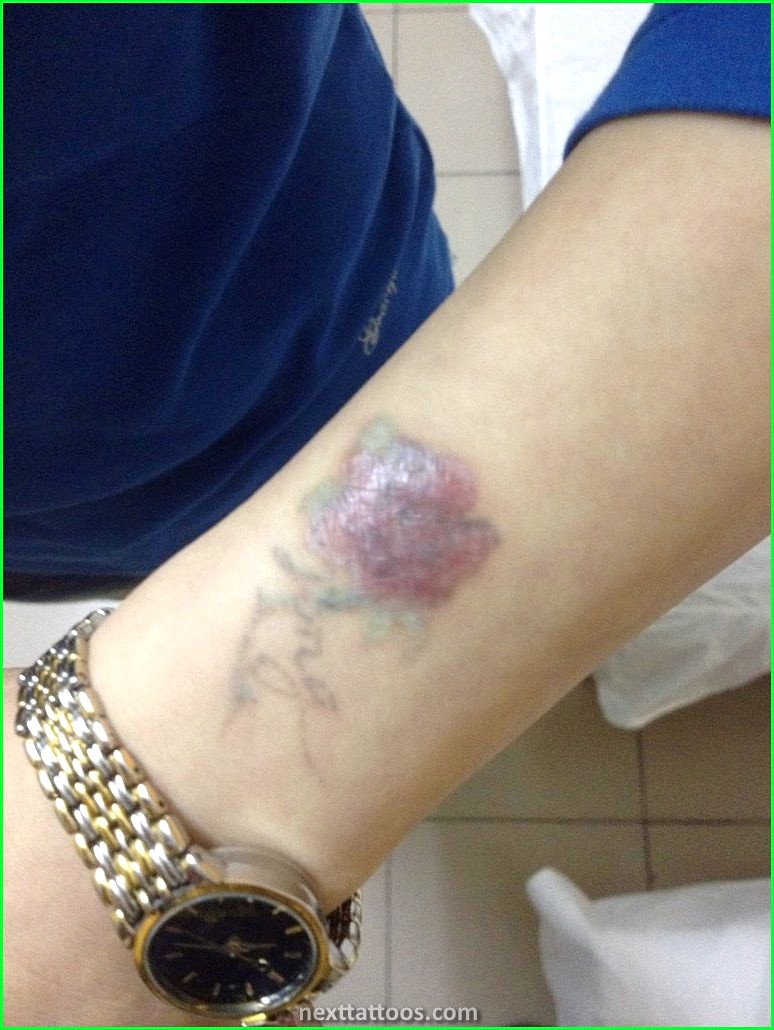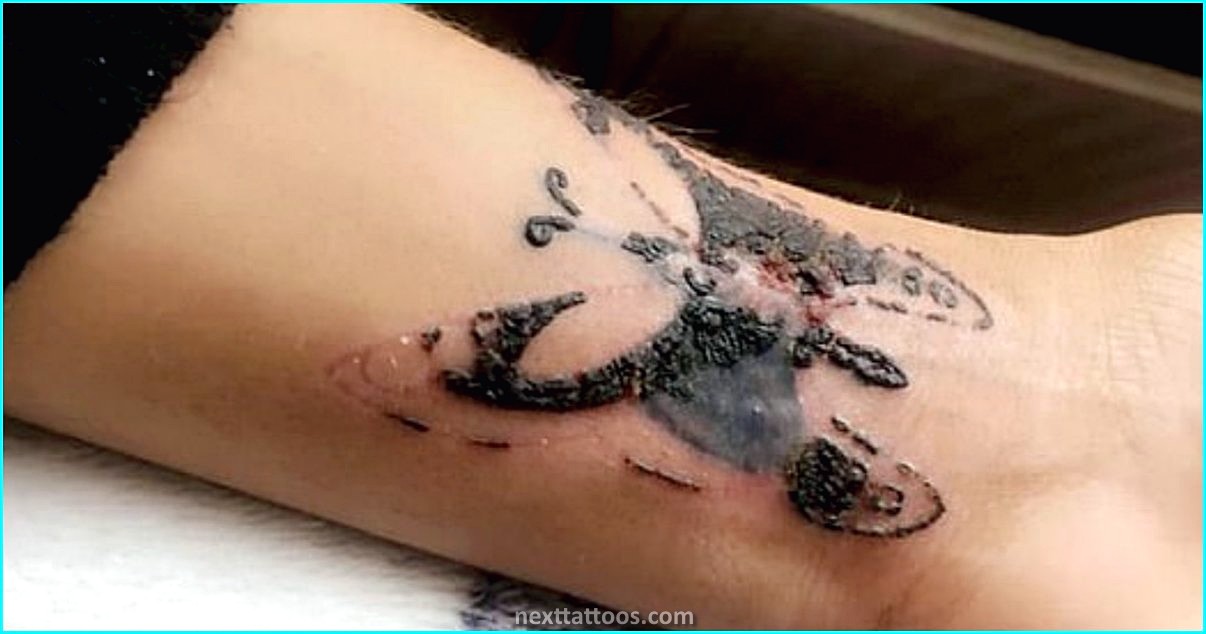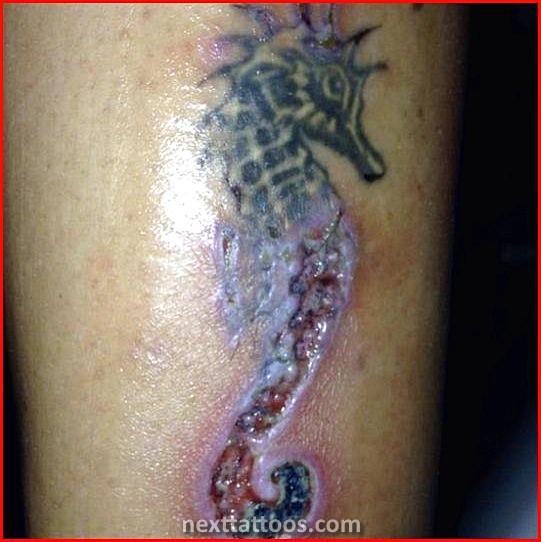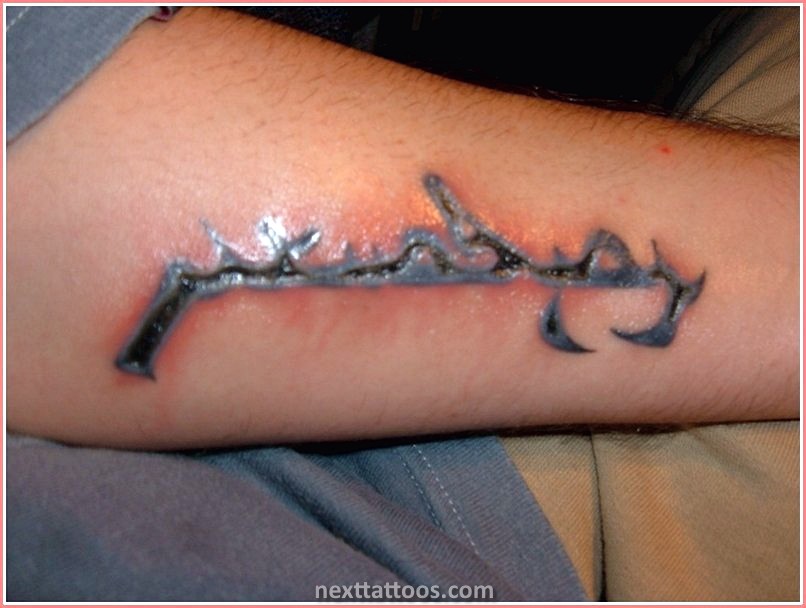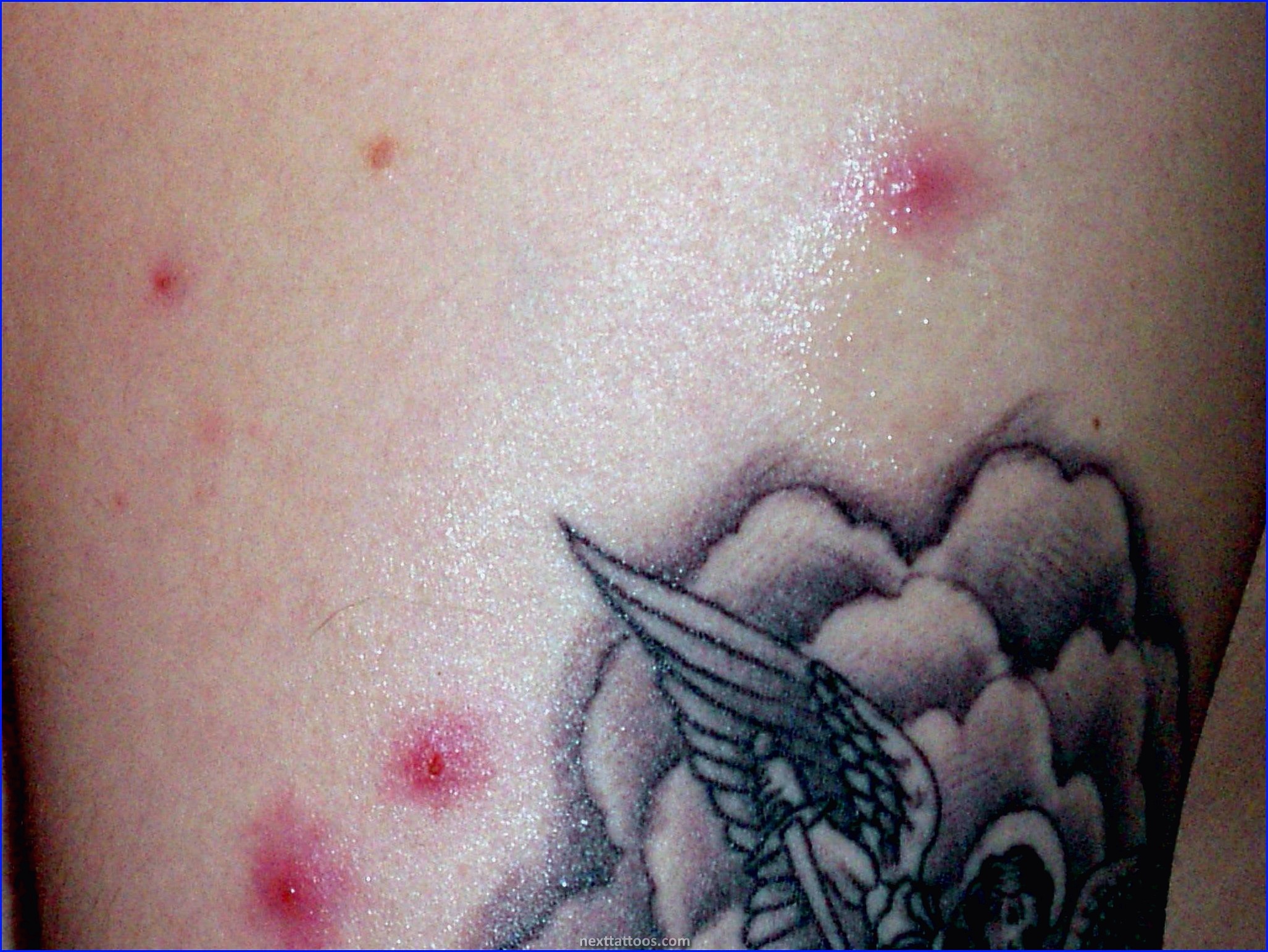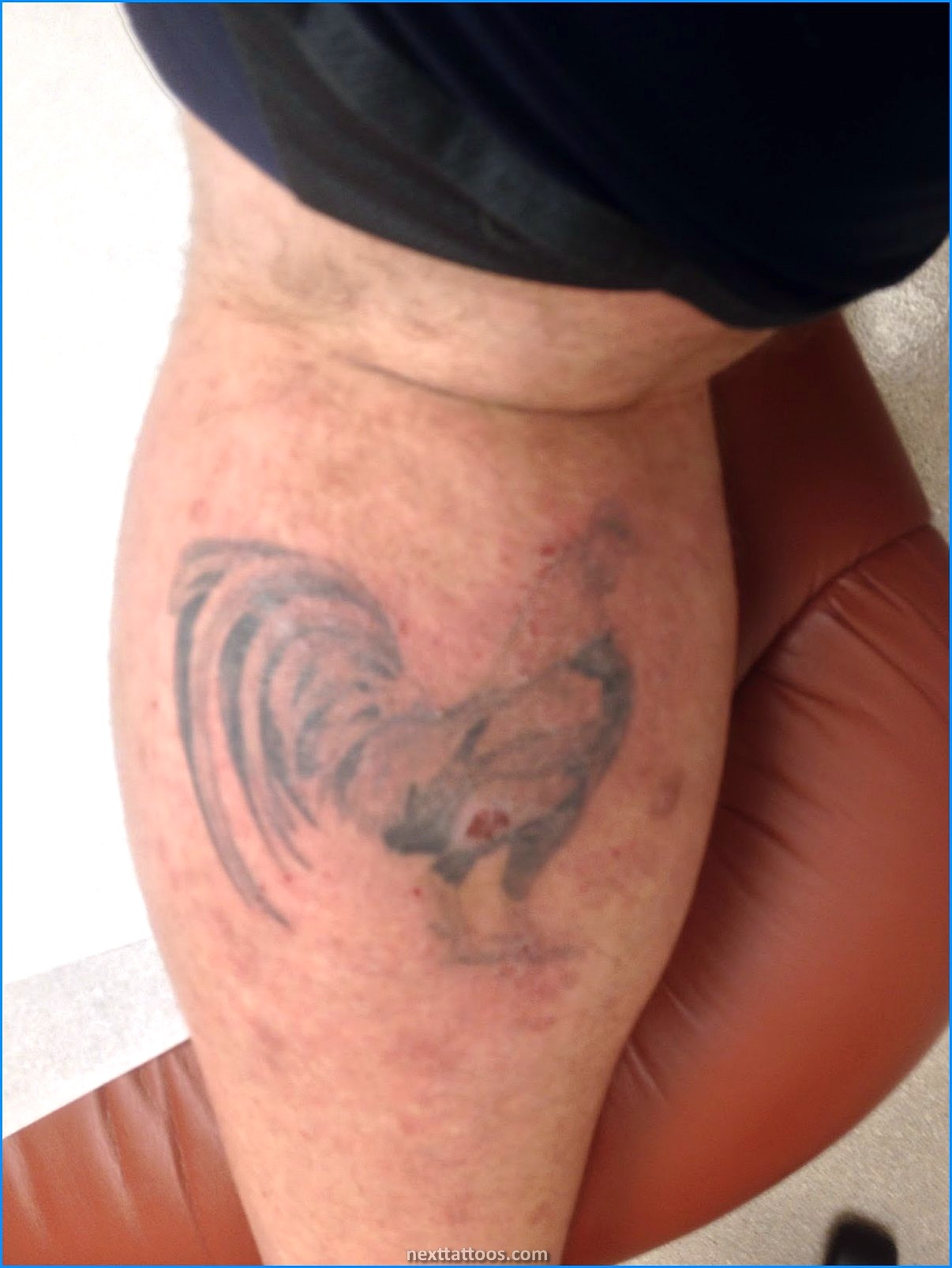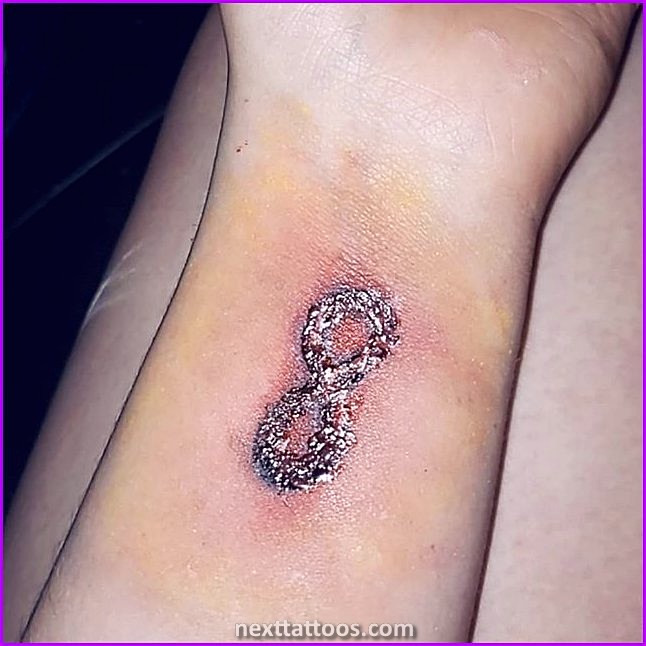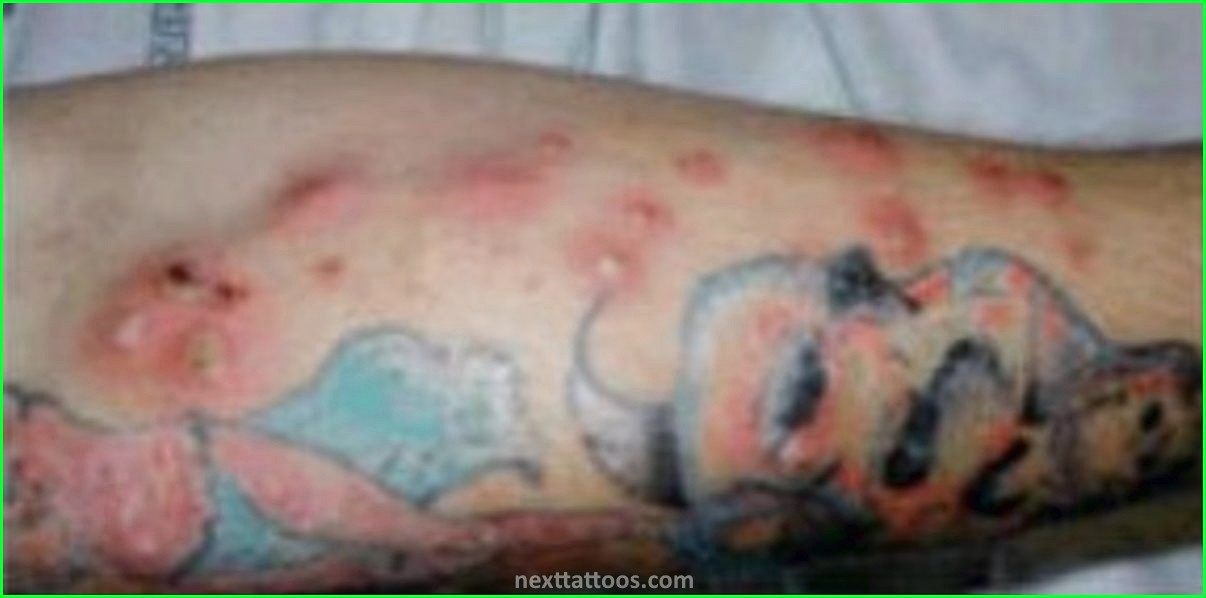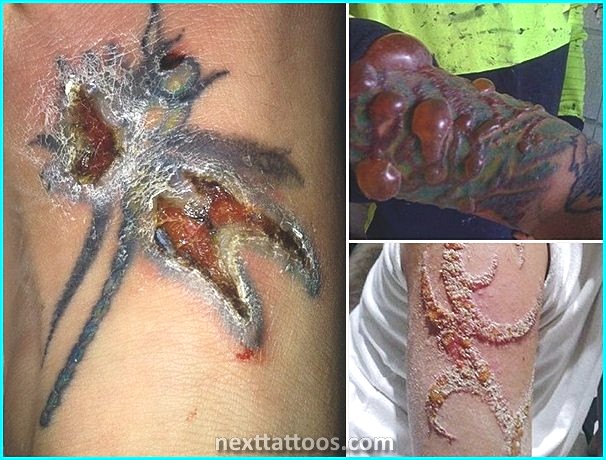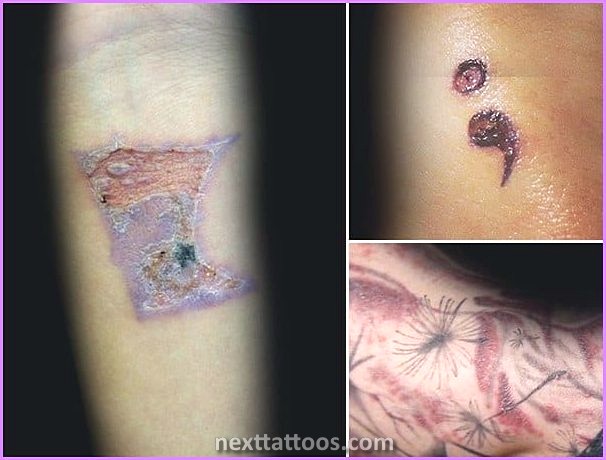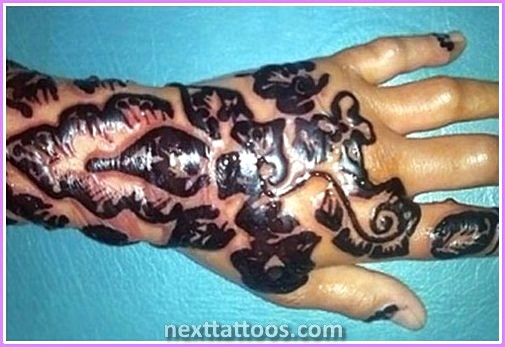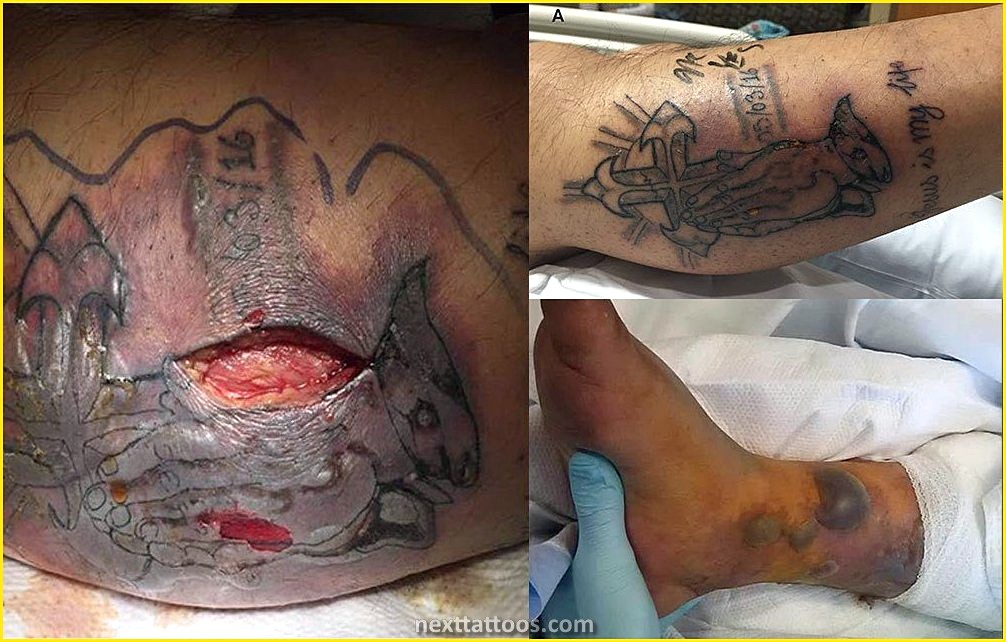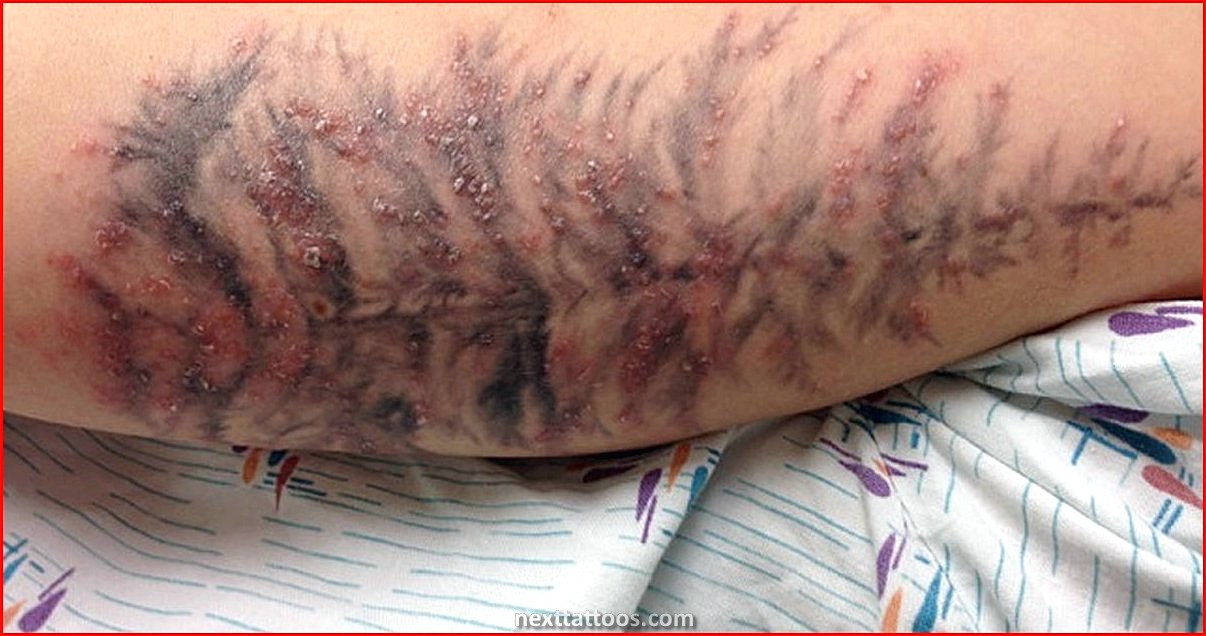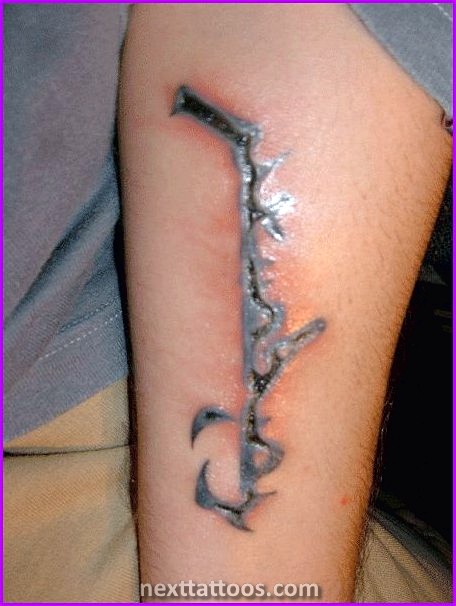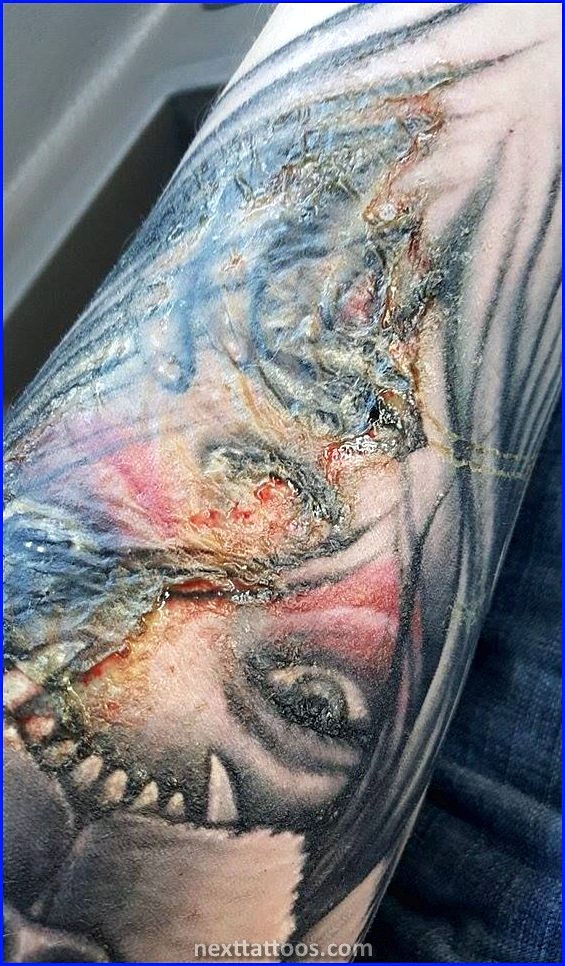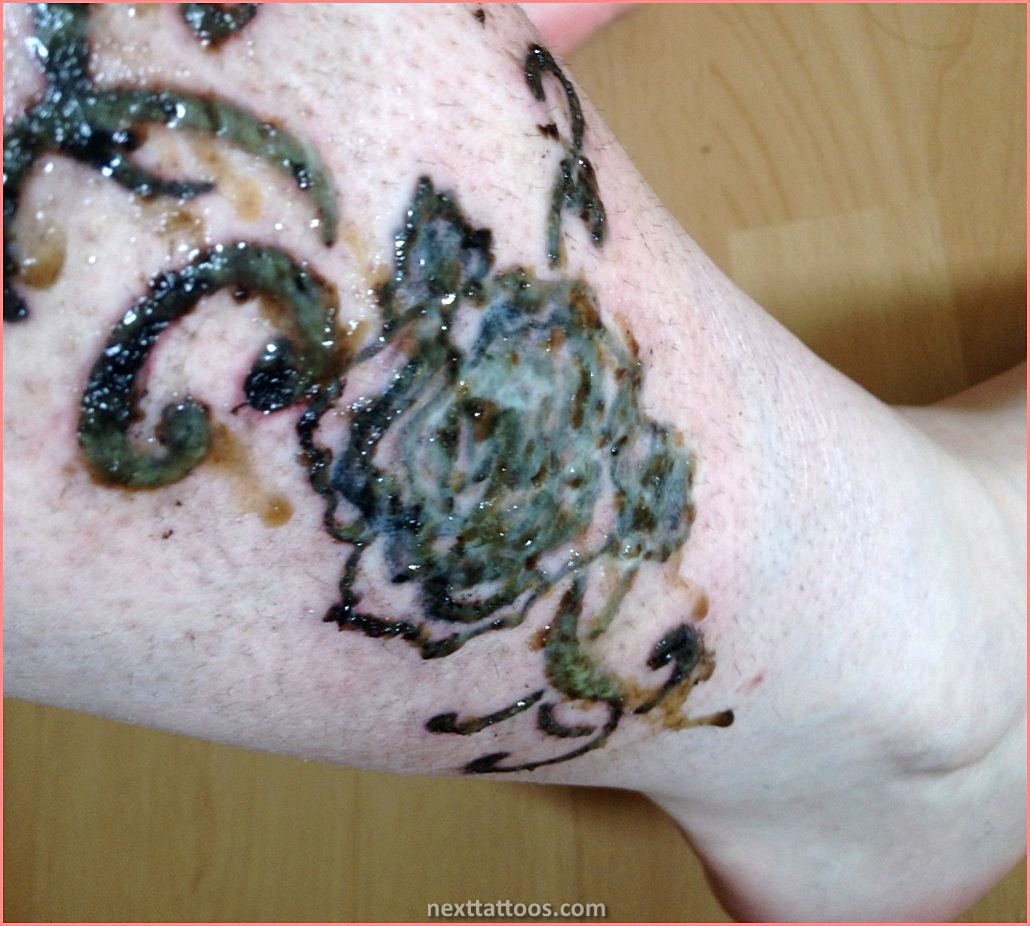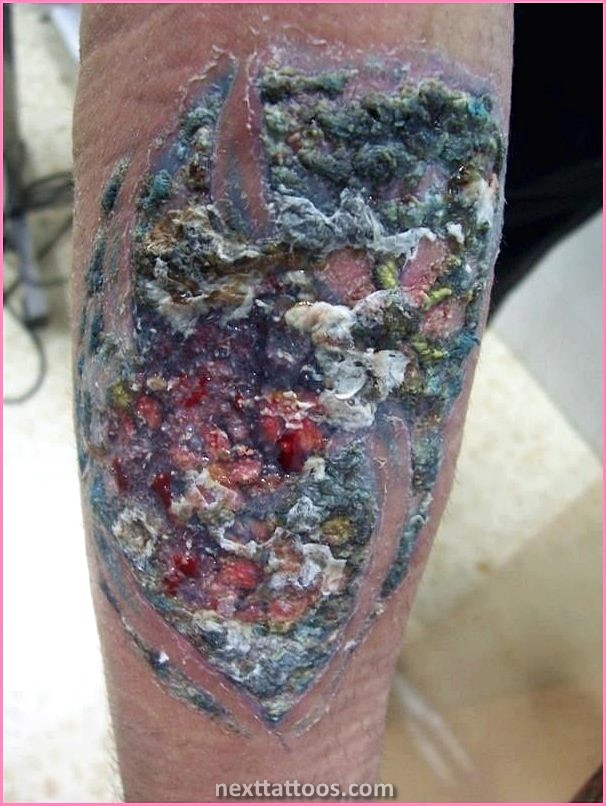Infected Tattoo Stages
There are several signs that you may have an infected tattoo, but none of them should prompt you to visit a doctor right away. The most obvious signs are increased pain, swelling, and a “raw” reddish appearance. You should also look for lumps under the skin, pus, discharge, or open sores. If you develop any of these symptoms, you should immediately go to the nearest emergency room. In some cases, you may also have fever or shivering, a sign that your infection has spread into your bloodstream and is causing you serious health problems.
A bacterial infection in a tattoo can cause the tattoo site to be painful and turn red. A mold infection, on the other hand, can cause a mild, red appearance and skin flaking. Itching and swelling are other symptoms of an infected piece of art. If you do notice these signs, you should contact your doctor right away. A tattoo that is infected can worsen or even lead to an abscess.
If you suspect you have an infected tattoo, call your doctor or dermatologist as soon as possible. You’ll be given antibiotics to treat your infection. Follow your doctor’s instructions to the letter. If your infected tattoo does not seem to respond to oral or topical antibiotics, you may need to visit a dermatologist. A doctor can also do a bacterial culture to determine which germs are causing the infection.
While an infection in a tattoo can be treated by the artist, it is important to seek medical treatment as soon as possible. While most infected tattoos are treated by the artist immediately, some require more advanced treatments. If your infection does not respond to standard treatments, you may need to seek a doctor’s advice. The sooner you seek medical treatment, the better. If you delay treatment, the infection could worsen, requiring a longer course of antibiotics, hospitalization, and possibly even surgery.
Infected tattoos may be caused by a few different things, including unsterile tattoo equipment or improper aftercare. An unsterile tattoo artist may use an incorrect disinfectant or not be properly sterilized. Another reason for an infected tattoo is poor hygiene. You might not wash your hands after a tattoo, so make sure you wash your hands afterward. This will help prevent the development of an infection. While the infection might be treatable, it can cause a number of other symptoms that may be a red flag that you need to take note of.
If you notice any of these signs, you should see a doctor immediately. Generally, tattoo infections are bacterial, and they can be easily treated with antibiotics. If you notice any of these signs, you need to see a doctor as soon as possible. It is important to see a dermatologist to get the best treatment for your infection. It is important to keep in mind that some types of infections can spread throughout your body, which is why you should seek medical attention immediately.
Fortunately, there are very few complications associated with an infected tattoo. Although it can be unpleasant, an infected tattoo is nothing to be ashamed of. You can treat it with a few antibiotics and avoid the risks of hospitalization. If you’ve noticed red streaks, you should seek medical attention as soon as possible. These streaks could be symptoms of an infection that can lead to sepsis. Fortunately, this isn’t an immediate danger.
If you’ve noticed any of these symptoms, it’s a good idea to visit a dermatologist as soon as possible. A doctor can examine your tattoo and perform a skin biopsy or a blood test to determine the exact cause of the infection. If you have a fever, you should contact a doctor as soon as possible. Infections can be a serious problem, so you should seek treatment right away.
While a tattoo infection can be a serious medical issue, it’s rare. It’s important to remember that you’ll have to go to a dermatologist if you notice any signs of pain. Your doctor will give you an antibiotic. The best thing you can do is avoid the area of infection for a few weeks until the infection has cleared up. The longer an infection stays on the skin, the more risk it has of developing an infection.

